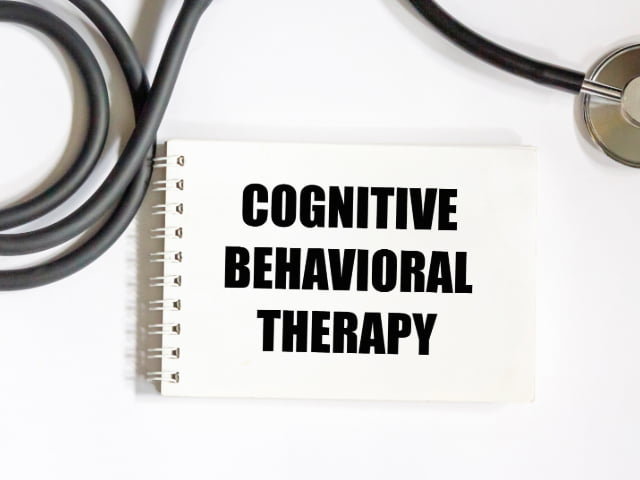What is CBT?
Cognitive Behavioral Therapy (CBT) is to help individuals identify and change unhelpful or distorted thinking patterns, beliefs, and behaviors that contribute to emotional distress or mental health problems. By modifying these patterns, CBT aims to improve emotional regulation, increase coping skills, and ultimately enhance overall well-being and functioning. CBT is based on the idea that our thoughts, feelings, and behaviors are interconnected. When we experience negative emotions (such as anxiety or depression), it often stems from negative or distorted thoughts that influence our behavior. These thoughts might be unrealistic, overly negative, or out of proportion to the situation. CBT seeks to interrupt this cycle by:
1. Identifying and challenging negative or irrational thoughts:
CBT helps individuals become aware of their automatic thoughts—often self-critical, anxious, or pessimistic—and learn to evaluate whether these thoughts are accurate or helpful. A core idea in CBT is that many of our thoughts are distorted in ways that make us feel worse than we need to.
2. Changing behaviors:
In addition to addressing thought patterns, CBT also encourages individuals to engage in behaviors that counteract negative emotions. This might involve testing out new, more adaptive behaviors, engaging in activities that improve mood (like exercise or socializing), or confronting fears in a gradual, controlled way (a technique called exposure therapy).
3. Building skills for long-term change:
The goal of CBT is not just to alleviate symptoms in the short term but to equip individuals with skills that will allow them to handle future challenges. This includes developing problem-solving strategies, enhancing emotional awareness, and learning how to cope with stress in healthy ways.

Cognitive Behaviour Therapy focuses on empowering clients to explore the relationship between their thoughts, emotions, and behaviors, and how identifying and changing unhelpful thoughts can lead to improved emotional and behavioral outcomes. A big component of CBT is homework. CBT is a highly active and structured therapy, so homework is a critical component. In the first session, the therapist might give a simple homework assignment that encourages the client to start practicing the skills they've discussed. This might include:
- Keeping a thought diary to track negative thoughts and emotions.
- Behavioral experiments to test the validity of certain thoughts or beliefs.
- Self-monitoring (e.g., tracking moods or activities).
The idea is that the work done in session continues in the daily lives of the client and they apply the skills learned.
Take the First Step Toward Healing with EMDR Therapy in Chatham
Ready to begin your journey of healing? Contact Emily Spagnolo, the trusted EMDR therapist in Chatham.
Whether you’re dealing with trauma, anxiety, or PTSD, we are here to support you every step of the way.
Phone: 519-355-0282
Email: emilyaspagnolo@gmail.com